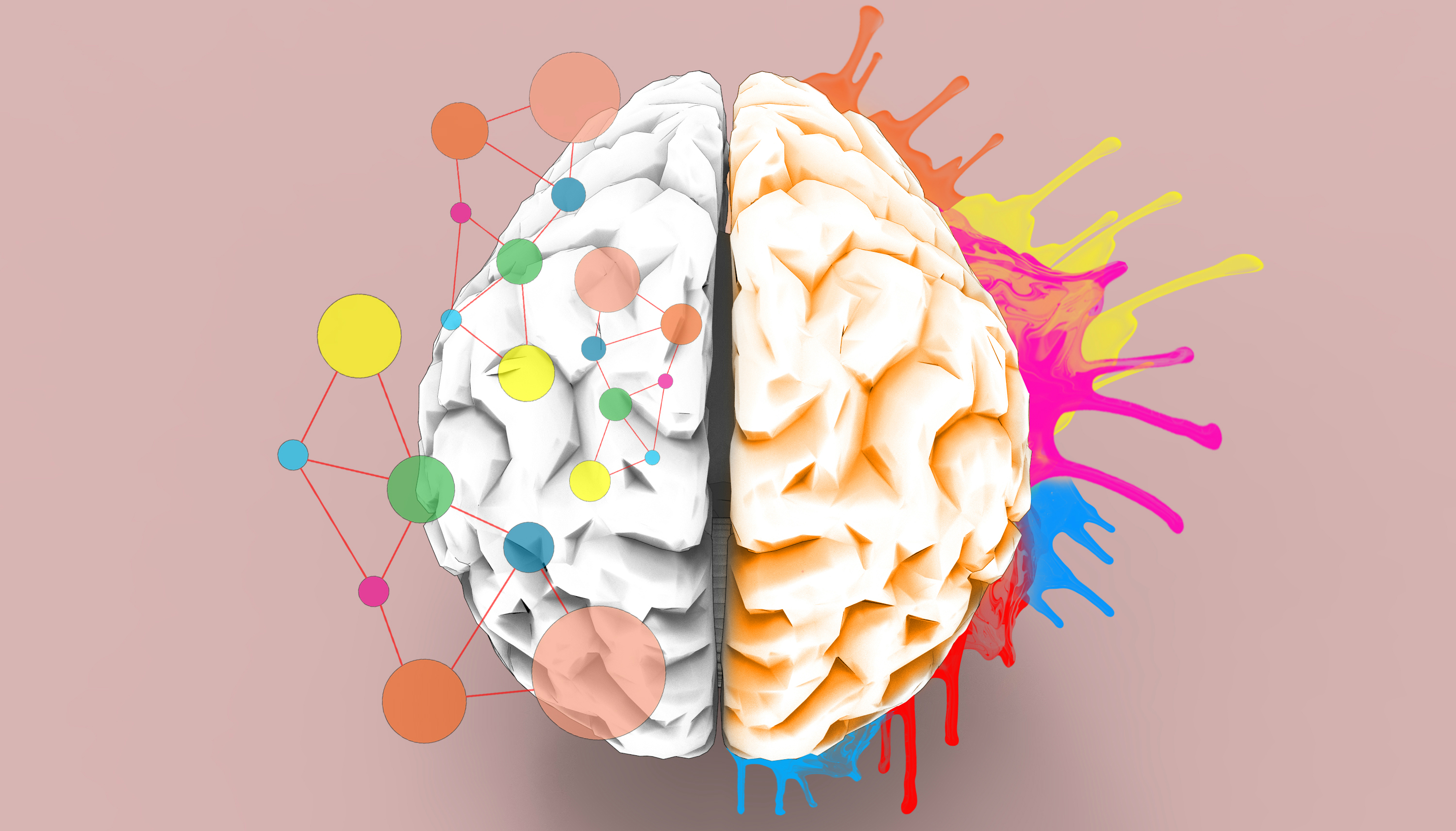The highly experimental Dream Lab at MIT is working on a ‘dream manipulation’ device. And the best part? The build instructions are available online.
We spend a third of our life asleep and dreaming. Ancient civilisations used to believe that dreams were messages from the Gods, whilst the Greeks and Romans saw them as portents for the future. Freud called dreams the ‘royal road to the unconscious’. Whilst we’ve come some way to understanding what happens neurologically when we dream, and divine communication has been almost universally ruled out by the scientific community, the purpose of dreams remains mysterious.
The nebulous nature of the ‘whys’ and ‘wherefores’ have led many scientists to dismiss the study of dreams as too associative or metaphorical. It’s also always been unclear which scientific categories dream study falls into: neurology? Biology? Psychology?
Our ignorance regarding dreams is thus held in this limbo of confused shruggery.
Hoping to wend their way through the weirdness and shine some light on the science of dreaming comes the Dream Lab team. A highly experimental lab-within-a-lab, Dream Lab works under the Media Lab division at the world-famous Massachusetts Institute of Technology (MIT). Media Lab has in the past been home to some of the most unorthodox and left-of-field projects in tech, working on such humdingers as a collapsible car that lets you park in just a third of a parking space, and an app that helps you determine how safe you are walking around in various urban areas.
But, as Dream Lab project leader Adam Haar Horowitz pointed out to the Digital Trends magazine here, even for Media Lab the Dream Lab’s work is unconventional. The aim of the program is to build a wearable device to ‘hack’ your dreams, in a manner that the team have come to associate with Christopher Nolan’s hit movie Inception.

To burrow into the subconscious, the Dream Lab team have created a device called Dormio, which is worn like a glove and collects bio-signals. Muscle tone, heart rate, and skin conductance are monitored, tracking your stages of sleep from wakefulness, to unconsciousness, to REM sleep (the stage that precipitates dreaming).
When the biosignals detect that a subject is transitioning between sleep states, the device triggers an audio cue to be played. This wakes the subject slightly, but not enough to entice full consciousness. The audio cue could be anything, from a snippet of bird call, to one of the Harry Potter movies, to Bach. It’s hoped that this sound will enter the dream as new content, triggering artificial associations and altering the course of a person’s dream.





















